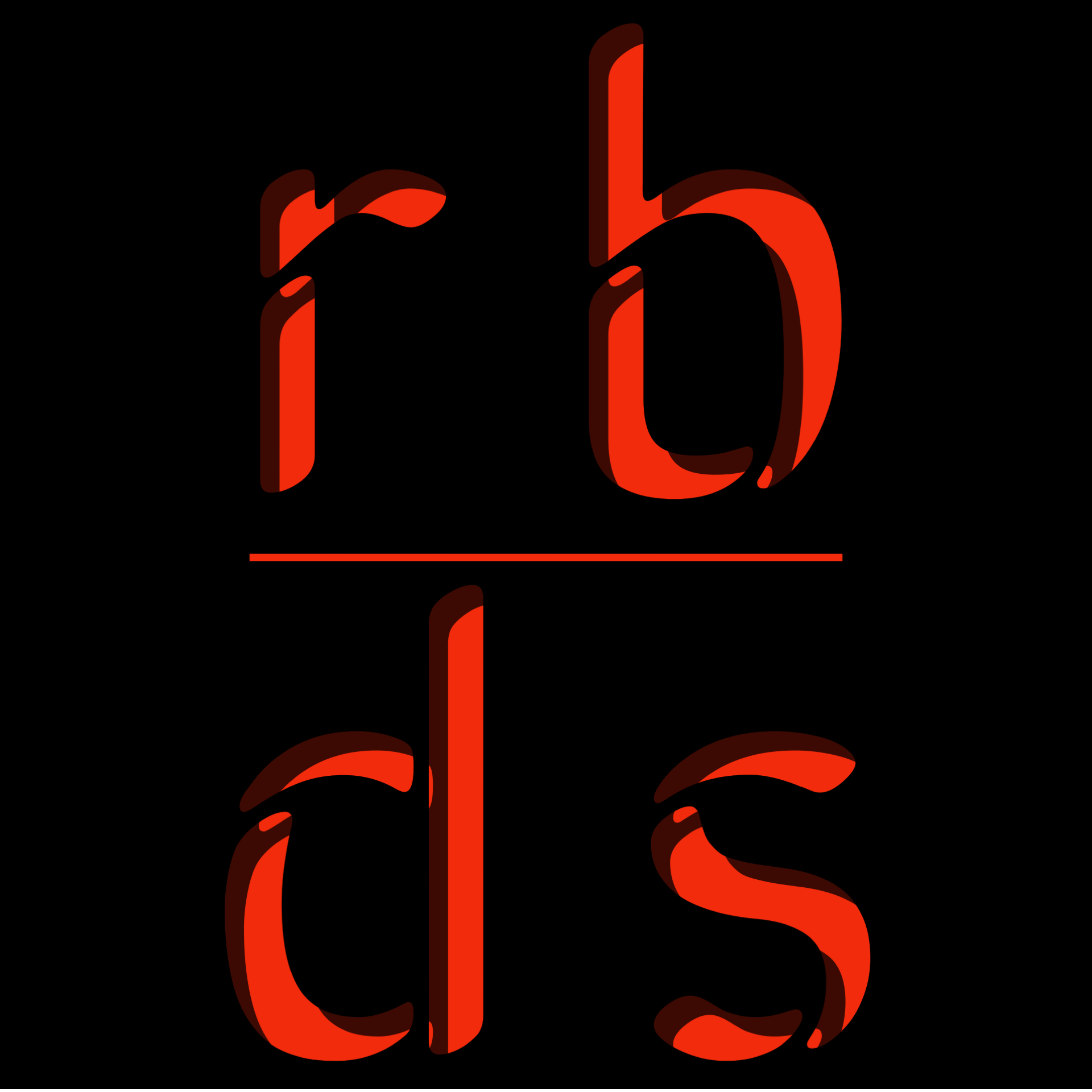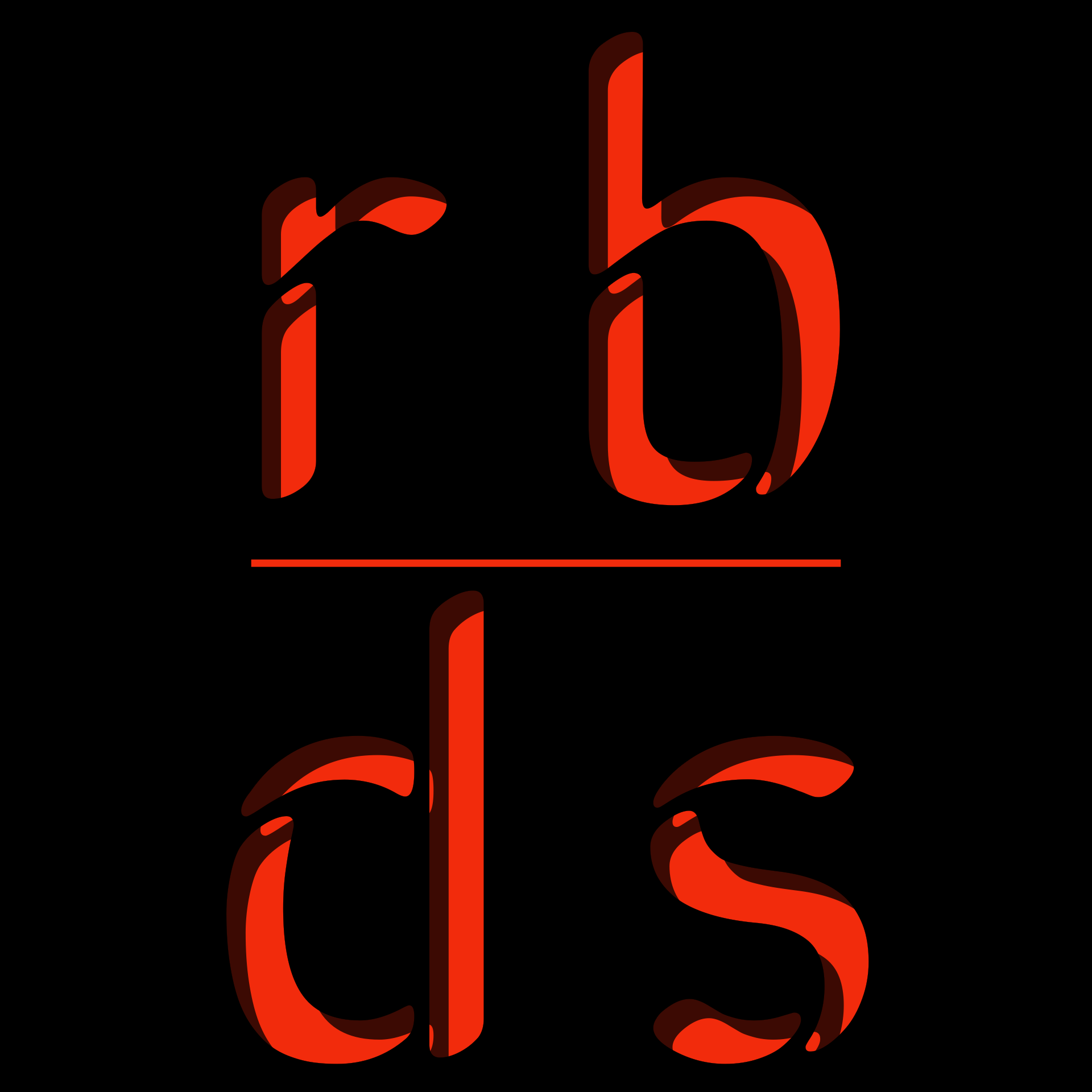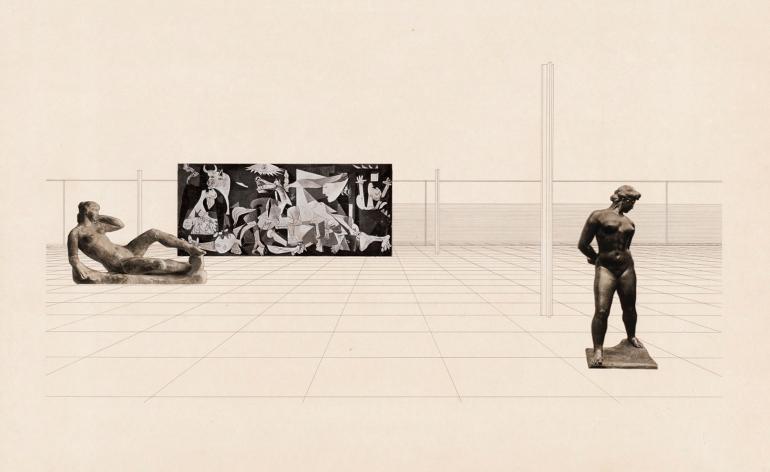Let's start with something simple. How are you feeling today? Are you feeling blue? Are you feeling mellow? Or are you feeling happy? Like a meadow? Are you feeling green or are you feeling red? Identifying your mood is the first conceptual exercise of our living. The moment we wake up, we start to feel how the day is going to be like. That feeling, that mood, when you bring it out and define it with music, with colour, with idioms, or with any expressive media and make it tangible, you have a mood-board! Mood boards are nothing but what you feel a particular day, project, brand, or a series of paintings are going to be or rather what you would want them to be.
Mood boards have evolved into visual tools that help communicate ideas, styles, and concepts to people. An ad agency using a series of pictures and phrases to deliver the line of thought behind a brand and its identity or a campaign is an example of a mood board. Mood boards consist of many different things tied together by a conceptual string to depict a story and help you understand what the mind wants to express. A collage of pictures, paintings, writings, textures, colours, etc., all coming together to express feelings. A mood board is not new to the design world, or design enthusiasts. Haven’t we all been scrapbooking since we were kids? Graphic designers have used this technique for ages to express ideas when imagery became the preferred media. Fashion was the next logical industry to employ the mood board technique to kickstart a project or to put together the bits and pieces of the initial ideas when the drawing board was blank. Ad agencies, interior designers, photographers, and many other design-related professions soon caught up with the idea of showcasing an initial mood or idea for a space or a picture series. Filmmakers use a storyboard which is sort of the next level of a mood board. Since we practice architecture and interior design, we shall focus a little more on the architectural and interior mood board.
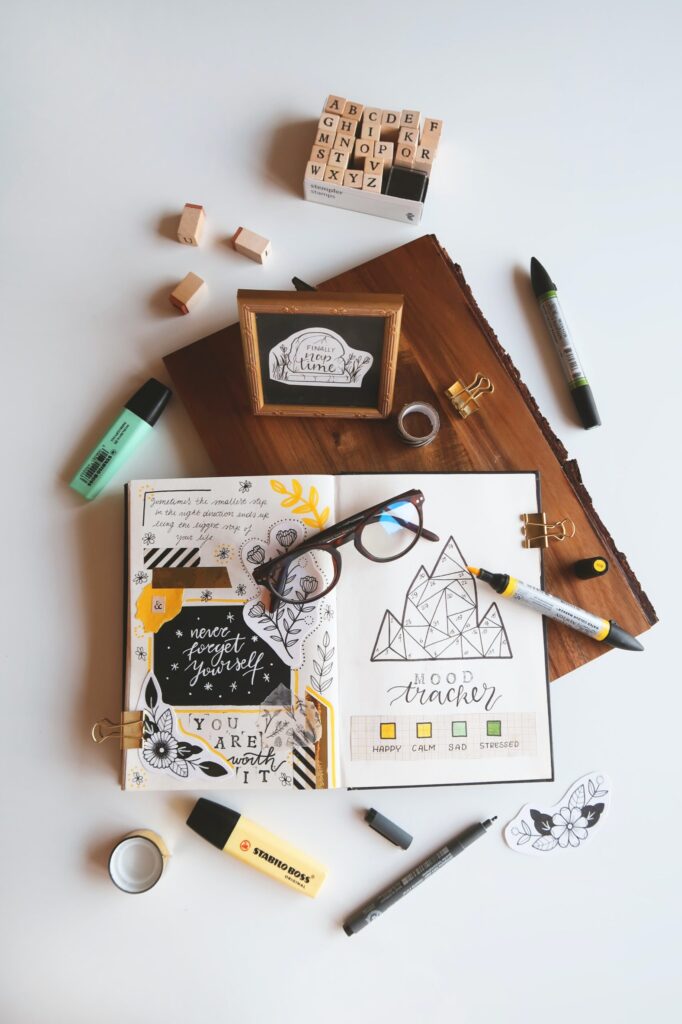
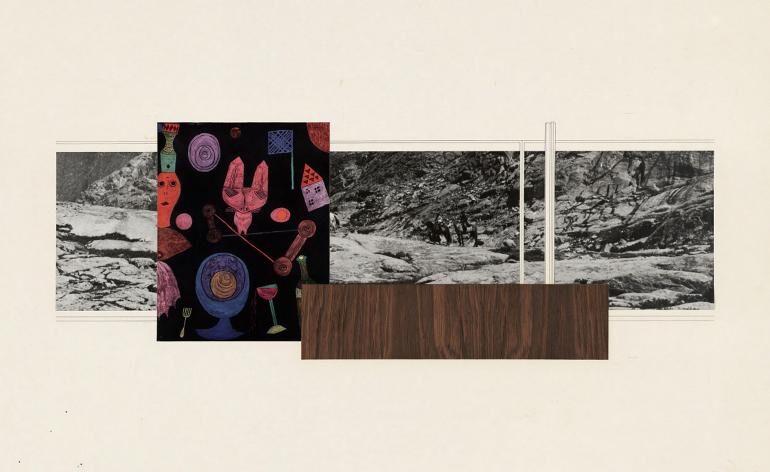
Architectural collages date back to the early 20th century when the master architect Mies Van Der Rohe represented his architecture in the form of collages using different photographs. In the ’60s when Peter Cook, Warren Chalk, Ron Herron and a few other remarkable architects got together to form a radical, neo-futuristic, anti-heroic, avant-garde architectural group, London, and the world did not expect their choice of expression of hypothetical projects would be through a dynamic, colourful, in-your-face style of collages! That was one of the few dramatic examples of a mood board gone viral in days that did not have tweeples. Archigram I was printed in 1961. It expressed the group’s high-tech, lightweight, infrastructural approach that focused on survival technology. Whatever their philosophies, the imagery was what made it possible for people to sit up and take notice.
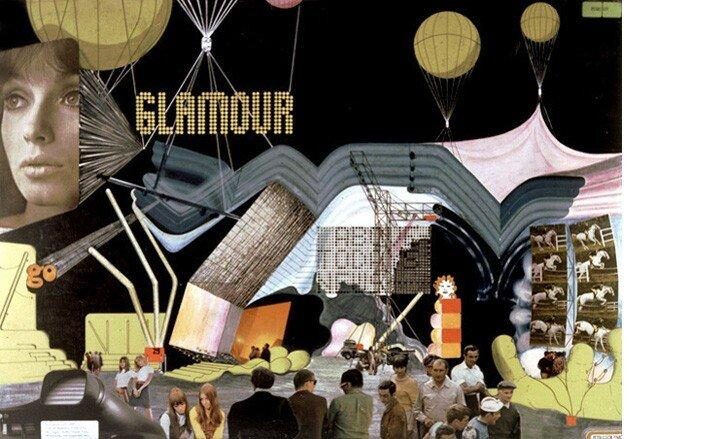
So, we make a mood board when there is a client or a project in front of us, right? Not necessarily. Creating mood boards helps in stimulating ideas, exploring boundaries, developing style, and essentially self-awareness. As an architecture firm, we may be favouring some styles more than others, or better yet, trying to find our own style in this social media-induced chaos. Think of why certain people prefer certain architects. It's like choosing a short term life partner that you can confide in; pray-tell if it goes wrong! A mood board for an architecture firm can be a public announcement of where your heart lies and what you absolutely love doing, and how you do it. It can be made initially when the firm is in its nascent years, as a projection into the future of where you want to go. Or it can be developed over the years and include completed projects as a concrete example of your commitment to your chosen style of architecture or interior design. Coming to commissions, yes, something visual is more powerful and impactful to convince someone of an idea. Mood boards will give you that clarity and momentum during the initial stages of the project through visual storytelling. The daily bombardment of information, latest trends, inspiration, amazing photographs, innovative designs, all in the shortest of spans and in everyone’s pockets, can lead to confusion and distraction. A mood board helps organise your thoughts, helps make decisions, and keeps reminding you of your vision for the project.
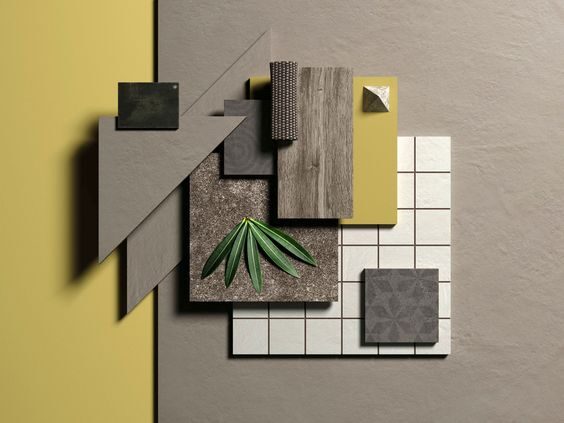
Despite living in a digital age, we long for nostalgia when everything was handmade and easily destructible. It May not be such a bad thing when it comes to mood boards. Physical mood boards created with prints, cut-outs of photographs from a magazine, fabrics, material samples, etc., are quite an experience factory for the viewer where he can touch, feel and smell the ideas instead of just looking at them. Digital mood boards can be a lot easier to edit (all those times I’ve craved for a ctrl+z when my paintbrush went awry) and can be shared in a jiffy over that same chaotic network that we were cribbing about a while ago. Digital also gives more versatility in terms of the extent to which you can make a mood board; right down to the last napkin on the table kinds. Now whether you’re a young architecture practice or a home decor enthusiast, there are myriad softwares available to help put some moods together. But remember, we created artificial intelligence and not the other way around. So don’t expect the app to sense your mood! (Well, maybe in the future).
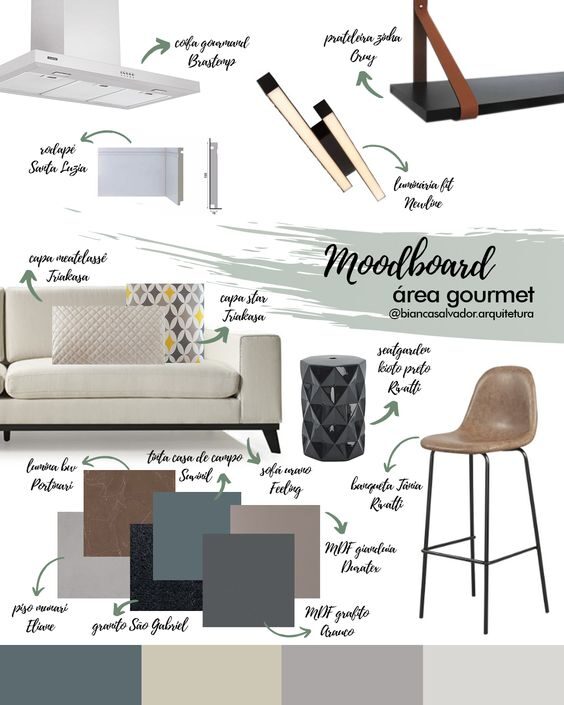
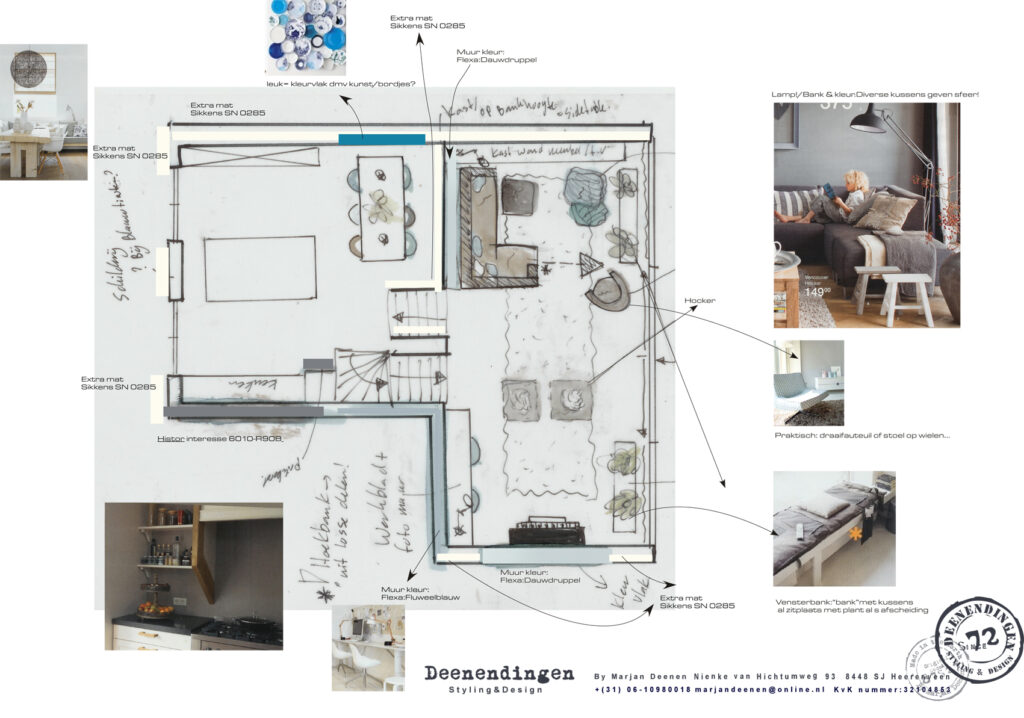
A few things you may want to remember when making a mood board for yourself, a client, or just for those nasty design cravings in the middle of the night.
First of all, set a goal! What is it that you want to achieve? Be as fantastical as you want to be, because this is where you want to start with an astronomical idea before you bring it down to earth as you progress. Second, read a lot! Or you can even watch a lot of movies, whatever suits you. Remember there are thousands of other places you can get inspiration. So don’t run to Pinterest every time you want to find an idea. Judging by the times I have been asked to design an instagrammable space, I’m sure we’ll all be living inside Instagram before we know it. A mood board is an expression of ideas through pictures, graphics, and imagery. That does not mean you need another image to tell you what your idea is! Third, spend time on material shopping. Yeah, it's important, though it doesn’t sound exciting. Now architecture never excluded interior design, it's just a by-product of population and time allocation. So, an architecture mood board can consist of those materials that enrich a space and diminish the need for ornamentation. At least that’s what I believe, you’re best off forming your own style. Finally, get on those cool apps or on your computer with a graphic design software and get those aesthetics out of your head and onto the screen!
For those of you doing it for the first time, let me break it down for you -
1. Choose a theme, style or concept for the project.
Your site context and project brief are markers to come up with your ideas for a basic style, theme, or a concept. This is going to help you with what to browse and collect for your mood board.
2. Browse for relevant pictures.
Keeping in line with your thought and the theme or style, browse for multiple pictures with
contextual and artistic references, colours, contrasting textures and patterns, fabric images,
furniture, light fixtures, accessories, and all the elements of design that you would like to incorporate in your design and those that would help convey the idea of the space you have in
mind. Now don’t forget to save them in a folder with easy access because you’re going to want to filter them later.
3. Organise
Now we come to the fun part. To narrow down your concept, put all the relevant, filtered images together to create a complete feeling of a space. Photoshop, Canva, Sparkpost, or the primitive yet powerful Powerpoint software can help you create fantastic mood boards, and quick.
Now that I have given you a fair understanding of mood boards, make yourself that hot cup of
coffee and start contemplating on what would be the ideal mood board for you and your design firm. And then get going!
